
Home List your patent My account Help Support us
An alternate to seating devices
[Category : - HEALTH- Furnitures]
[Viewed 2083 times]
1. Forward or backward inclined, backed and supported.
2. Up and down adjustments.
3. Adjustable to body figure.
4. Shock absorbing.
5. Heated.
6. Rocking, etc.
These solutions reduce loads on vertebrae (spinal joints) in a single direction only and are unable to provide constant movement to vertebrae nor transform loads.
The purpose, description and nature
The purpose is to provide movement to vertebrae of the sitter.
When a person is seated, all of his/her weight above the waist weighted down onto the vertebrae and gives back pains. In other words, center of gravity is located within the vertebrae. Current chairs, seats, couches, etc. are unable to change the center of gravity. But this chair is able to keep the vertebrae active by the movement resulted through shifting the center of gravity of the sitter.
The load given to the spine is reduced, through shifting the center of gravity, when the chair’s plane located on the horizontal axis is tilted from 0° to 7° degrees on its vertical axis and all around.
It can be installed on any seat/chair possible, including, regular chairs, chairs with back support, office chairs, bar stools, arm chairs, couches, car and plane seats. Car and plane seats can be installed with electric locks and can be unlocked when required.
Moving mechanism: seat plane is installed onto the seat legs or the base. Cross axis, ball joint and cone joints are used in these. There is an option for a seat without a back support to have a one axis mechanism to rotate and come to its original position. (Description: Disco trimmer is very appropriate for this option)
We have used hydraulic mechanisms to prevent fright from possible shock upon sitting on tilted chairs. This mechanism could be manual or electric (car or airplane) controlled.
The device is made of polymer, 4 part material, axle, hydraulics, angle adjuster and small parts. Installed part is able to move in horizontal and vertical axis. When a person’s center of gravity is tilted in a certain direction, the hydraulics in that position support from the bottom on that place. When the person is tilting to a certain position forcefully, the hydraulics go down slowly. When the person gets up, the hydraulics return the seat to horizontal position by its own. The angle adjuster is tilted from 0° to 7° degrees and has the ability to lock on 0° degrees.
The ball joint and the cone joint are turned in equal motions and are similar to the above.
However, it is a cheaper and an interesting option to place a one axis rotating disk mechanism that locks itself in its original positions. This disk provides freedom to rotate freely to the person sitting.
This seat, when produced in high numbers, is cost effective and has low expense during usage.
My patent's number is 2881 in Mongolia. I couldn't input my number in this site. So, anyway you can find my invention which is named ZEAT seat by following:
1. Go to Link
2. Under National Data Search, click on Search by Number, Industrial Design
3. Under Number Type, choose Application Number (AN) from the drop down menu
4. Under Year, choose 2013 from the drop down menu
5. In the Enter Number box, type 2881
6. Click on Search
7. Your search will result in the following:
Inline image 2
On your request can send additional info.
PS: The author of this design is made a prototype and tested. Then built 3D sample and photos.
 Patent publications:
Patent publications:No publication
Asking price:
Make an offer
Make an offer
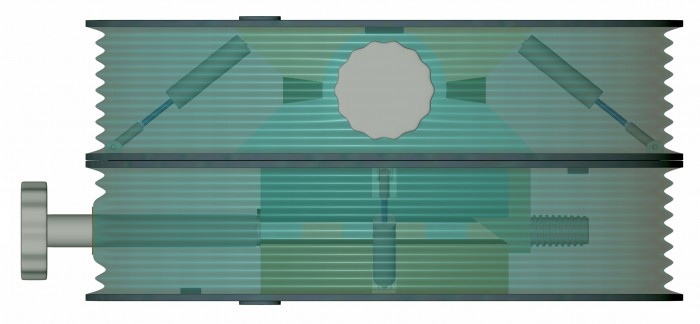
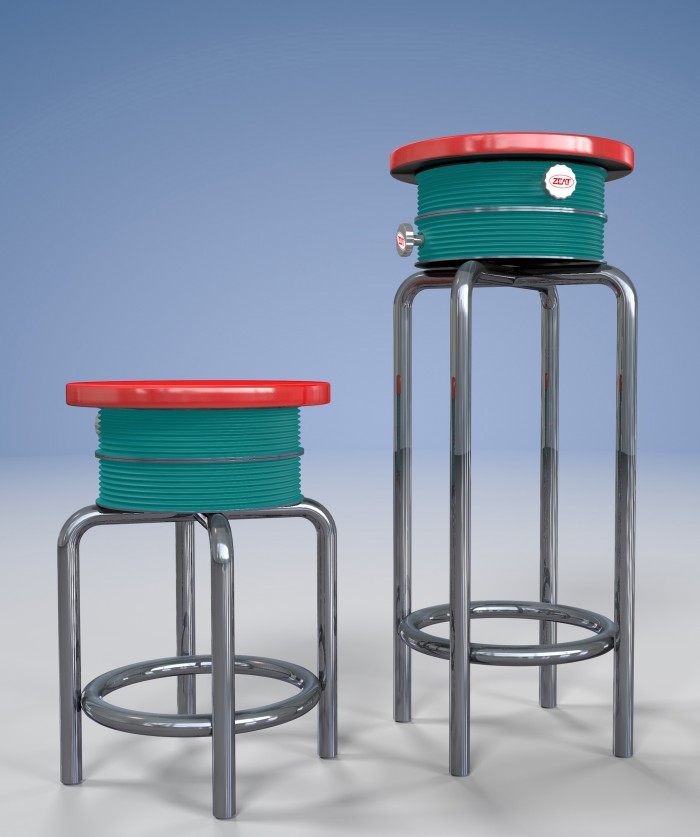
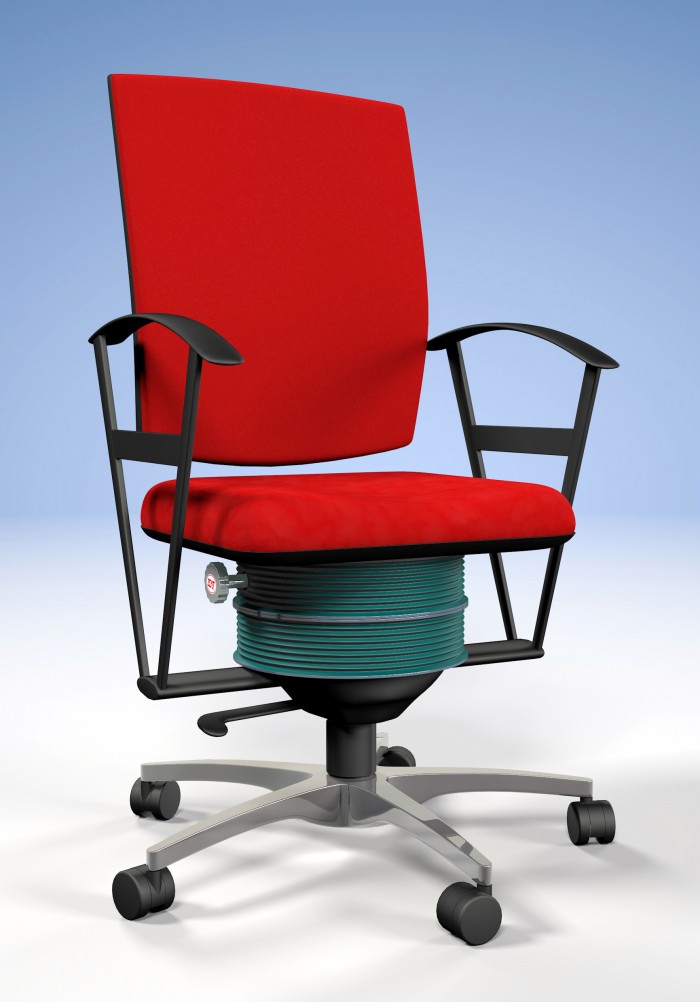
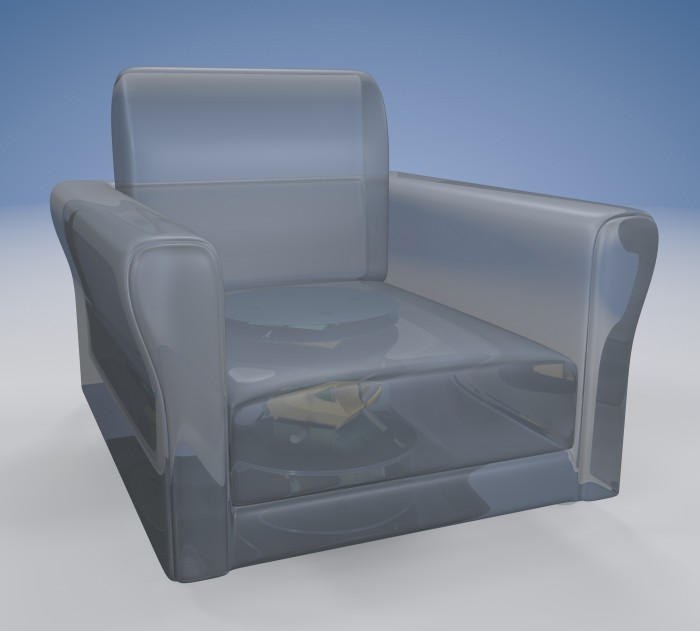
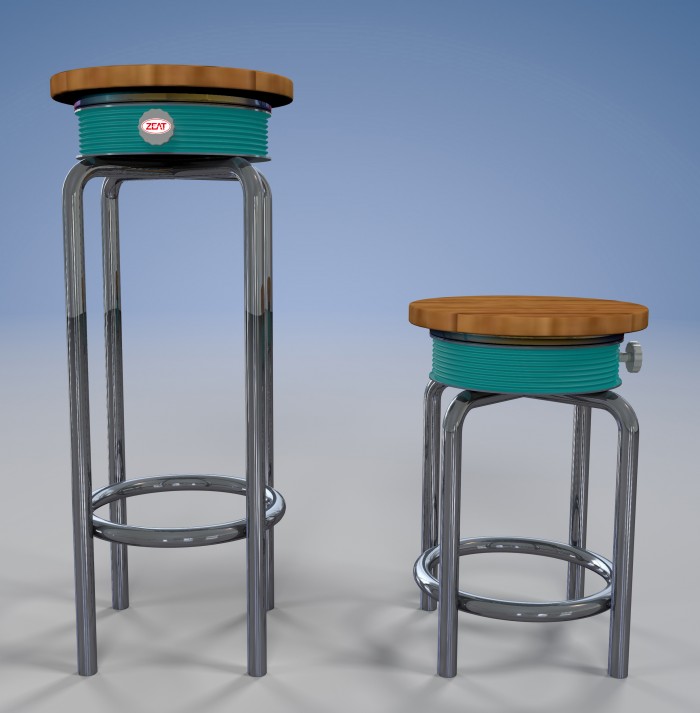
[ Home | List a patent | Manage your account | F.A.Q.|Terms of use | Contact us]
Copyright PatentAuction.com 2004-2017
Page created at 2025-12-21 0:53:17, Patent Auction Time.
 Great invention
Great invention